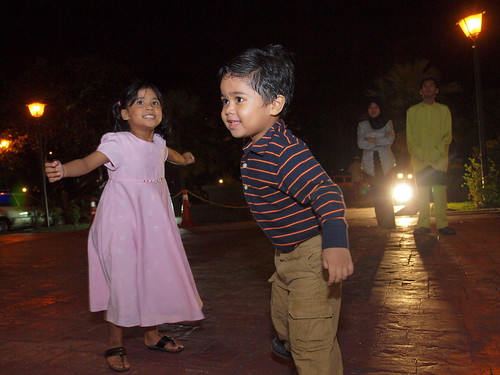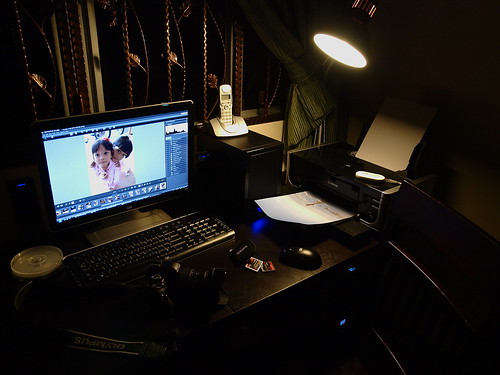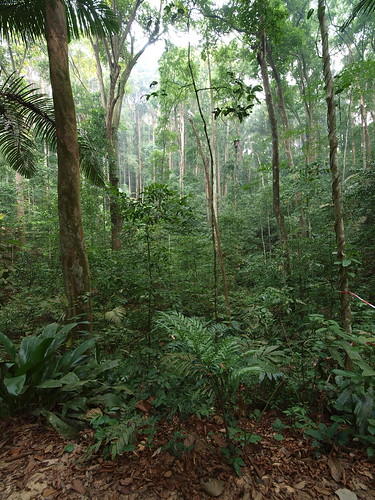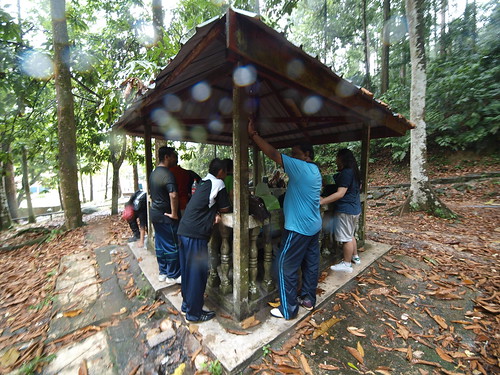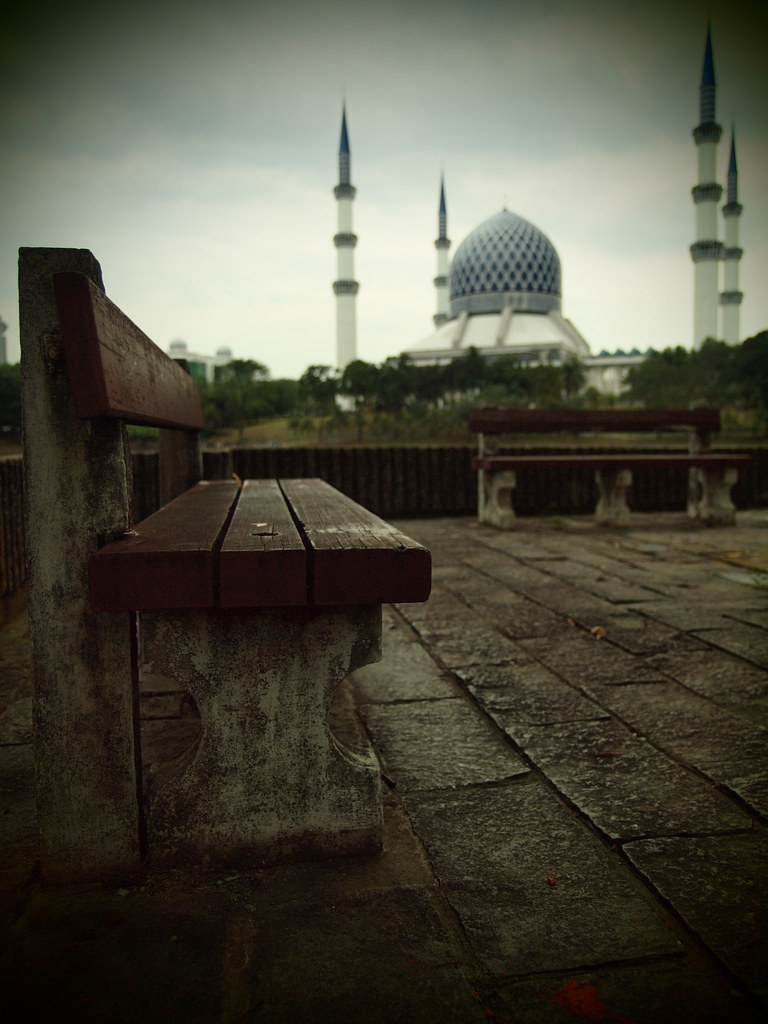Camera system? What is it?
Is it something to do with just DSLRs, or other similarly complicated forms of camera? Or it's just simply photography made more complex with gadgets?
What I observe is that this term scares a lot of people thinking of doing some form of serious or enthusiast photography. It's too much for them, the thought of mixing and matching the parts of the camera to make the system work is perplexing. It's like rocket science!
Well, when I am confronted with similar questions by would-be enthusiasts, I would simply ask back this simple question: What is the purpose and interests?
Now, why would I ask that?
Simply because to build a system camera is actually fun, if you already have the main purpose in mind. Too many times I hear regrets and shortfalls in expectations in both fora and discussions on the subject. Too many times I see money not well spent for a simple need that grew into vexxing wants.
Some people jump into the DSLR bandwagon expecting the digital revolution will give them the magic wand to get beautiful pro quality image. Now, that is simply wishful thinking. And I am not touching talent and business cunningness here!! And to their realization, they can't make it to work; thus, blaming the sytem as being too complicated. The lens is not right, the noise is too bad, or simply the model is not beautiful!!
A quick analysis of their problems lies not to the gadgeteries, but to the overall workflow. To me, this is what represents the real system camera; the end-to-end workflow from image creation to image presentation.
When approaching a system camera concept, the camera itself (with it's ancilliary attachments such as lenses, portable lightings, tripods/monotpods, and supplementary power) is just a tool. Nothing more, nothing less. So does the post-processing in the camera or computer using image manipulation programs, or just simply outsource them to a very good photo lab. These gadgets are part of the overall workflow. Not to forget, a good reliable bag or carriage system that does not bog down the shooting process is also important to the workflow!
Coming back to my initial question. What is the purpose and interest? This is one of the toughest question to the aspiring enthusiasts. Most of the time, they would not know!
This is the chicken and egg moment!
In this instance, I will advise them to get the cheapest set that they can afford and use a basic image enhancement tool such as Windows Picture Manager. Well, that was where I started, too! The standard kit lens that comes with current DSLRs is already very good for the beginners, and I always ask them to explore their specialization to zero-in the best workflow.
Sometimes, only the basic DSLR kit and a simple photo lab are required. And, if this is sufficient for more than 80% of the needs, does it really matter to get into more complicated things? Well, that's a tough one!
The question is again boils down to the desire to do more. To learn more. To use better equipment. To develop better workflow. The journey to better photographic experience continues. In time, I advise them to do a reality check and review their photographic journey. Is it all worth it?
Most of the time, I find them learning something new and eager to explore new challenges. That's what makes us human, and that's also what fires the fun in exploring the ultimate camera system for them. "What lens should I buy next?", they asked. Or, "Do I need a flash?".
There is one instance when one of my friends asked me on how to do night car racing photography. My first question was "How is the lighting there? Adequate for EV8?". Well, the first thing he asked was, "What is EV8?".
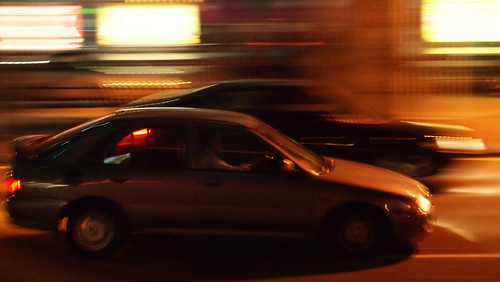
E-P1 with M.Zuiko ED14-42mm F3.5-5.6
42mm, f/5.6, 1/8s, ISO1600 (EV4 lighting)
You can see that my first query was on lighting, or the existence of available light. In the end, this is the essence of photography itself!
My next query was "How are you going to handle the low quality output?" Then he replied, "Is that a problem?". In this instance, I already set the workflow in place, as the situation definitely called for some level of post-processing, especially in noisy/grainy images!
After establishing the start and the end of the process, only then I advise on the camera requirements. The lenses, the exposure, panning techniques, monopod or the need of the flash, noise reduction software, etc., etc.!
He already had the subject and interest in mind, and this made my advise so easy. I even went out to simulate the situation on a street nearby my office block. And he was amazed at how simple things are when a full understanding of the workflow can simplify a highly complicated camera system!
Bottom line, get your purpose right, and learn the strength and weakness of your workflow. If your workflow requires an expensive Full Frame system, so be it! But, it's an overkill if you are simply doing Cartier-Bressonesque style with the current Full Frame system.
There's all to it!!!
